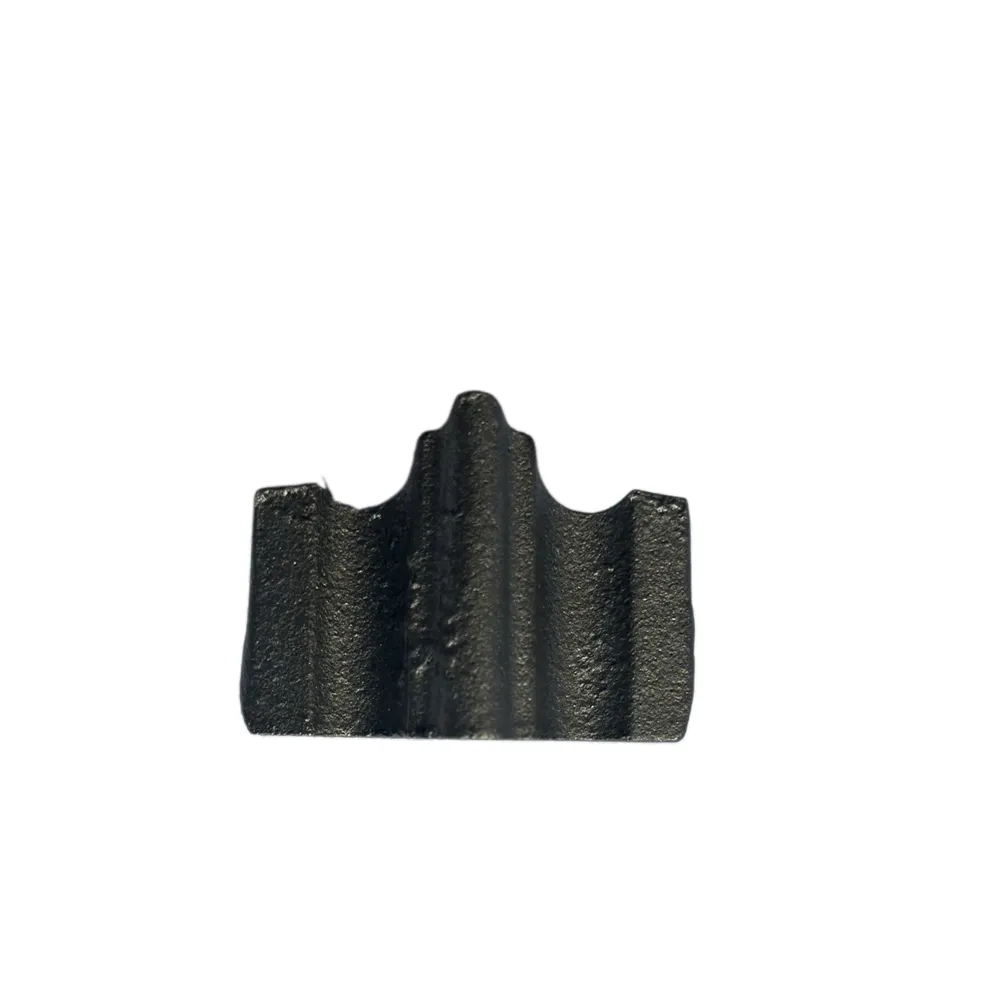Decorative Wrought Iron Designs for Elegant Home Accents and Unique Architectural Features
The Beauty and Significance of Wrought Iron Ornamental Design
Wrought iron is a material that has captivated the hearts of artisans and architects alike for centuries. Known for its strength, durability, and malleability, wrought iron has been used extensively in various forms of ornamental design, from intricate railings to elegant gates and bespoke furniture. The allure of wrought iron ornamental work lies not only in its aesthetic appeal but also in its rich history and the craftsmanship that goes into creating stunning pieces that stand the test of time.
The Historical Context of Wrought Iron
Historically, wrought iron was produced through a process that involved heating and hammering iron ore. This labor-intensive method resulted in a material that was less brittle than cast iron, allowing it to be shaped into delicate forms without breaking. As smiths honed their skills, the art of wrought ironwork flourished during the Middle Ages, particularly in Europe. Blacksmiths became celebrated craftsmen, creating functional items infused with beauty. From this era sprang the tradition of ornamental wrought iron design, which blended utility with artistry.
The Craftsmanship Behind Ornamental Wrought Iron
Creating ornamental wrought iron is an intricate process that requires a combination of technical skill and artistic vision. Artisan blacksmiths spend years perfecting their craft, manipulating the heated metal into complex patterns and shapes. The versatility of wrought iron allows for an array of designs, encompassing styles from Gothic to Art Nouveau. Each piece is often custom-made, reflecting the unique preferences of the client while also showcasing the blacksmith’s creativity.
A typical workflow begins with a concept or sketch, which serves as a blueprint for the project. The blacksmith then selects the appropriate type of iron and begins the heating process. Once the metal is pliable, it can be hammered, twisted, and shaped into the desired form. Techniques such as forging, bending, and welding are frequently employed to achieve different textures and designs. The final touches often include decorative elements like finials, scrolls, and motifs that enhance the ornamental appeal of the piece.
Architectural Applications
wrought iron ornamental

Ornamental wrought iron has found its way into various architectural applications. Railings, gates, balconies, and fences are among the most common uses, serving both functional and decorative purposes. Wrought iron railings can be seen enhancing staircases in historical buildings, while decorative gates serve as extravagant entries to gardens and estates.
Architects often opt for wrought iron not only for its aesthetic qualities but also for its ability to withstand the elements. When treated and coated properly, wrought iron is remarkably resistant to corrosion, making it suitable for outdoor applications. Its strength allows for the creation of expansive structures that maintain stability while offering an artistic flourish.
Cultural Significance
Beyond its practical uses, ornamental wrought iron carries cultural significance. In many regions, it symbolizes craftsmanship and artistry, representing a connection between the past and present. Each piece tells a story, often reflecting local traditions and influences. For instance, in Mediterranean countries, wrought ironwork may boast intricate swirls and floral designs, while in Scotland, you might find bold, geometric patterns reminiscent of the Celtic heritage.
Furthermore, wrought iron serves as a medium for personal expression. Homeowners can select designs that resonate with their individuality, ensuring that their space reflects their aesthetic preferences. Custom ornamental pieces can transform mundane entries or spaces into striking focal points that enhance the overall ambiance.
Conclusion
In conclusion, wrought iron ornamental design is a remarkable fusion of art, history, and craftsmanship. From its strong historical roots to its modern-day applications, wrought iron remains a beloved material for both functional and decorative purposes. As artisans continue to innovate and create, the beauty of wrought iron is likely to endure, capturing the imaginations of future generations and standing as a testament to human creativity and skill. Whether adorning a grand estate or serving as a subtle accent in a cozy home, wrought iron ornamental designs are truly timeless treasures that enrich our environments and our experiences.
-
Wrought Iron Components: Timeless Elegance and Structural StrengthNewsJul.28,2025
-
Window Hardware Essentials: Rollers, Handles, and Locking SolutionsNewsJul.28,2025
-
Small Agricultural Processing Machines: Corn Threshers, Cassava Chippers, Grain Peelers & Chaff CuttersNewsJul.28,2025
-
Sliding Rollers: Smooth, Silent, and Built to LastNewsJul.28,2025
-
Cast Iron Stoves: Timeless Heating with Modern EfficiencyNewsJul.28,2025
-
Cast Iron Pipe and Fitting: Durable, Fire-Resistant Solutions for Plumbing and DrainageNewsJul.28,2025
-
 Wrought Iron Components: Timeless Elegance and Structural StrengthJul-28-2025Wrought Iron Components: Timeless Elegance and Structural Strength
Wrought Iron Components: Timeless Elegance and Structural StrengthJul-28-2025Wrought Iron Components: Timeless Elegance and Structural Strength -
 Window Hardware Essentials: Rollers, Handles, and Locking SolutionsJul-28-2025Window Hardware Essentials: Rollers, Handles, and Locking Solutions
Window Hardware Essentials: Rollers, Handles, and Locking SolutionsJul-28-2025Window Hardware Essentials: Rollers, Handles, and Locking Solutions -
 Small Agricultural Processing Machines: Corn Threshers, Cassava Chippers, Grain Peelers & Chaff CuttersJul-28-2025Small Agricultural Processing Machines: Corn Threshers, Cassava Chippers, Grain Peelers & Chaff Cutters
Small Agricultural Processing Machines: Corn Threshers, Cassava Chippers, Grain Peelers & Chaff CuttersJul-28-2025Small Agricultural Processing Machines: Corn Threshers, Cassava Chippers, Grain Peelers & Chaff Cutters












